When you return to a new community after a break, you are particularly sensitive to changes in the generally used terms and concepts. When I returned to work from parental and study leave last autumn, the expressions I paid attention to were “being a changemaker” and “changemaking”, and not least because they are at the core of our work at Sitra. A few years ago, we used the term “influencer” a lot but now “changemaker” is clearly the most frequently used term. In the autumn, my colleagues were contemplating who we are talking about when we talk about changemakers. Now we know much more about them.
A changemaker is an individual or party that has identified a social challenge, developed a solution and put a group together to solve the problem in practice.
We at Sitra have published a changemaker map in co-operation with Ashoka Nordic. For the mapping, numerous Finnish changemakers were interviewed and data was collected through an extensive survey. The mapping results have been interpreted in co-operation, seeking to understand what kinds of factors enable and prevent social change in Finland. According to Ashoka’s definition, changemakers could be: 1) changemaker initiatives or networks (collaborating organisations and projects with societal influence as their goal); 2) social entrepreneurs (with the mission of finding solutions to social problems through entrepreneurship); and 3) young changemakers (16 to 25-year-olds who have taken action on social challenges and secured the commitment of their own community to participate in active changemaking).
Changemaker, do this
The mapping reveals that few participants identify themselves as changemakers although others see them as such. Go to Ashoka’s report to read more about how the survey was conducted: Health check of the Finnish changemaker landscape (pdf). It looks like this is still a new phenomenon in Finland. Although our welfare state offers an excellent foundation for social innovations, the path an individual needs to take if they want to become a changemaker is still unclear. The recommendations of the mapping can be summarised into five tips for changemakers and those wishing to become one.
1. Share your story and set an example
The mapping shows that entrepreneurial work aiming at societal influence is not sufficiently recognised in Finland. In the survey, most respondents selected the option indicating that they work to promote systemic change. However, in the interviews, the majority of them doubted their ability to challenge the system and achieve genuine systemic change. The results seem to indicate that the changemaker identity goes largely unrecognised. An outsider cannot define what the term “changemaker” means.
Make yourself impossible to ignore. Tell others who you are, and why – and especially how – you drive change in society. We need to understand how more and more people could be inspired to tackle social challenges even at a young age. Our era needs people who take action and make things happen. Set an example and tell your story.
2. Mix with different kinds of people
The mapping reveals that the secret of success usually lies in the power of networks and that success is hindered by a lack of networks. The changemakers who managed to bring together people who usually do not meet felt they had learned the most. We know that innovations rarely emerge from entirely new ideas but from combining existing ideas and thus creating something new. This requires the crossing of boundaries between different sectors, organisations and schools of thought. Changemakers need support, especially in scaling the actions. For this, it is helpful to know a wide range of parties operating in public administration, research and business life.
So, find your way into environments where you see a chance to cross-pollinate your ideas and create unforeseeable encounters.
3. Find a mentor
In addition to being part of networks, fortunate changemakers had found a companion and a guide, a mentor who could support them and help them proceed in changemaking. A total of 18 per cent of the respondents in Ashoka’s survey suffered from a lack of partners and 13 per cent mentioned the need for a mentor. The interviews confirmed the impression of the need for mentoring. Desired characteristics in mentors included possessing a special insight into social innovations and the operating logic of projects that support being a changemaker.
In the first stage of the mapping, people were asked to nominate any changemakers they know – now would be time to nominate changemaker mentors!
4. Involve funding providers in development
The mapping indicates that in Finland it is difficult to obtain funding for changemaking and that the funding process for social innovations is still considered difficult. The most common scenario is to find funding from the public sector in the form of grants. Input into impact investing was still considered to be scarce. Ashoka is calling for new opportunities in mission-based ecosystems, in which social entrepreneurs could develop solutions to identified problems with targeted funding. Some of the mapping participants reported that they had found new solutions by involving funding providers from the outset in the joint development of their core operations, the identification of target groups and the creation of entirely new kinds of funding models.
5. Keep on learning new things!
As their key skills, changemakers cited creativity, critical thinking, the ability to co-operate, empathy, networking and teamwork, among other things. The identified skills are in line with the key skills of our era (21st-century skills). The survey asked what kinds of frameworks, methods and tools the changemakers had used in their work and why. The responses revealed creativity that is based on the understanding of change theories, systemic thinking, communications and ecosystem construction. The key approaches mentioned in the responses included dialogue, co-creation, activism, sociocracy and decentralised organisation methods, agile development, strategic leadership and lifelong learning. The concrete tools mentioned included, for instance, storytelling, imagining and art-based methods, the Timeout dialogue, meditation, the skilful use of social media and use of various project management tools.
It is clear that work to support changemaking is still in its early stages. In the future, the key questions are how social changemaking ability can be best supported and what kinds of approaches, methods and tools you need to promote social change.



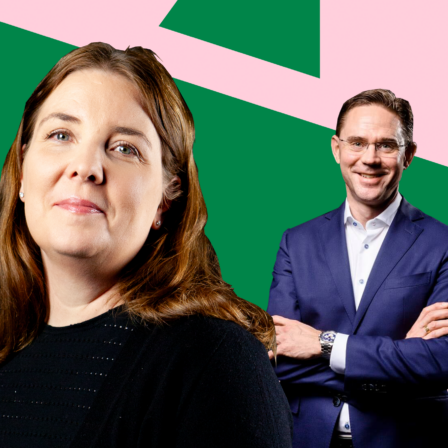
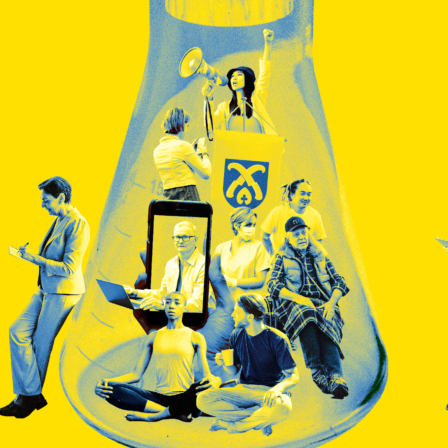

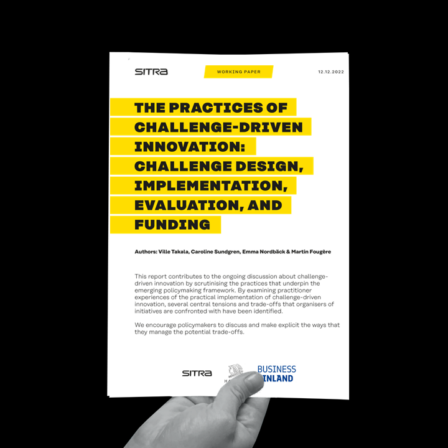
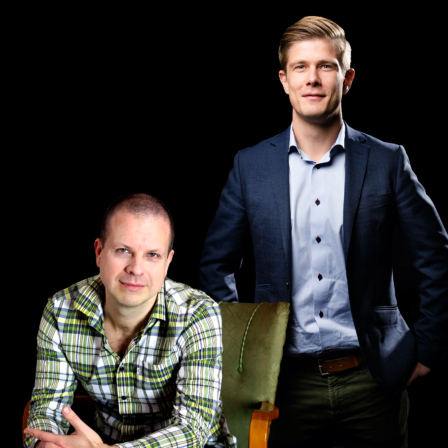




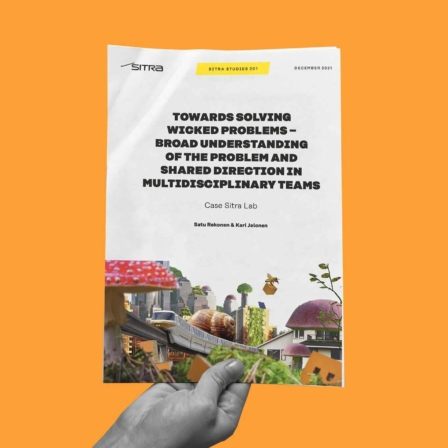


Recommended
Have some more.